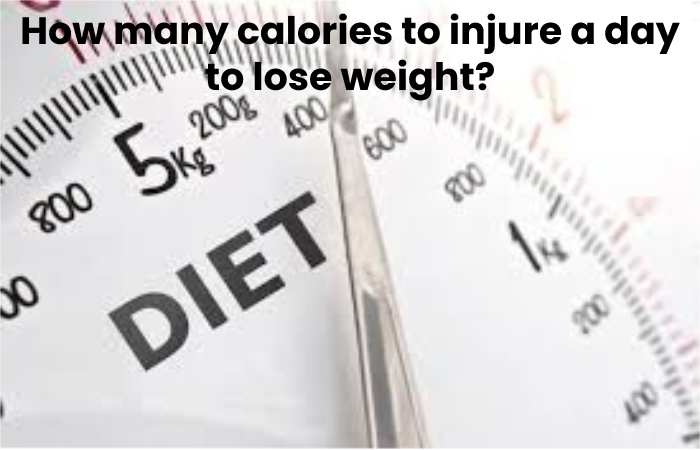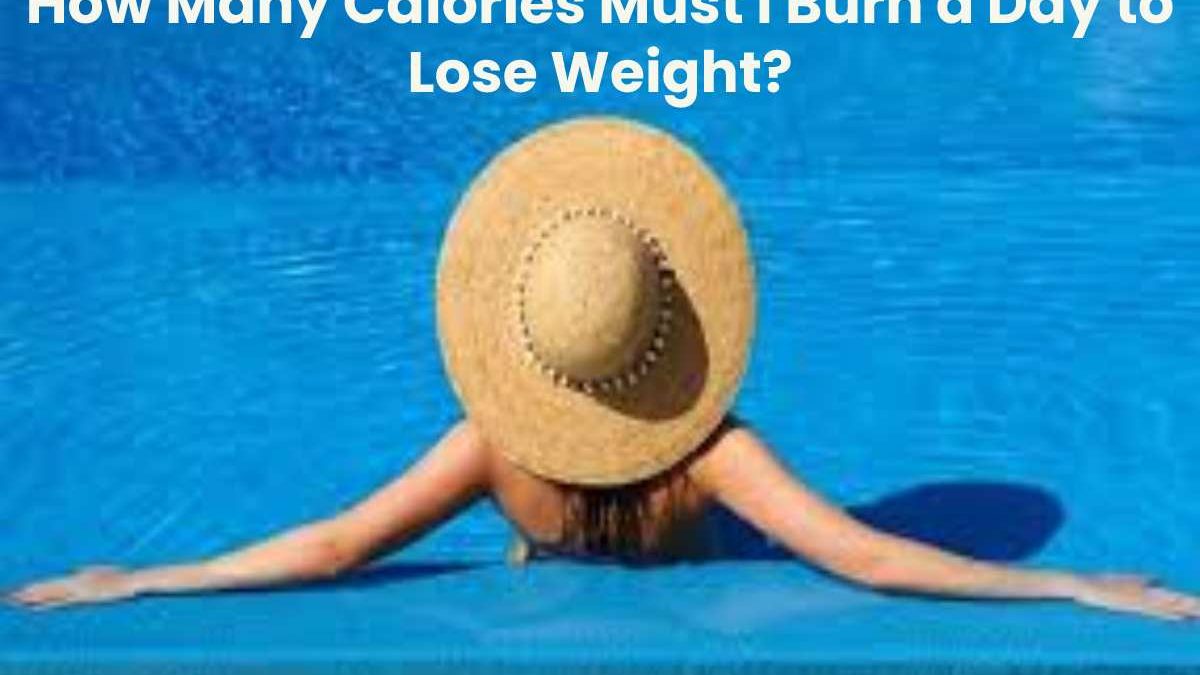How Many Calories Must I Burn a Day: To lose heaviness, you should first find out how many calories you need to burn daily. Knowing how many calories you injure each day will help you figure out how many calories to consume to create a calorie shortfall that will lead to weight loss.
Don’t worry. It’s not as complicated as it noises. Our online calorie calculator will do all controls for you and give you a straightforward answer.
It remains highly recommended to go through our step-by-step example to understand these numbers.
Here is a summary of the pardon we want to achieve:
Steps to calculate how numerous calories you need to burn a day
Calculate your Basal Metabolic Rate (BMR). It is how many calories are required by your body to function appropriately (based on your age, gender and height)
Use the Harris-Benedict formulation (BMR X activity level) to find out in what way many calories you need to consume per day to uphold your current weight
Decide how many quid you want to lose and when
Based on the above, compute how many calories you should save per day either through dieting or by burning calories through exercising. Since you’re interested, you may also read this article: Lakeshore Sport and Fitness – Membership, Cost, And More.
Table of Contents
How many calories to injure a day to lose weight?

You can use our adder above to find your Basal Metabolic Rate (BMR), how many calories you burn per day based on your activity level and how many calories you need to save per day (through dieting or exercise) to reach your weight loss goal.
Calculate your BMR
- The first step is to compute your Basal Metabolic Rate (BMR).
- Many studies have found that women generally need 1500-2000 calories to maintain their current weight; for men, the range goes to 2000-2500 calories.
- This number also remains recognized as the Basic Metabolic Rate (BMR).
- This figure gives you the number of calories your body needs daily to function properly.
- To calculate your BMR (1), use the formulas underneath (enter your weight in quid and height in inches).
- BMR for Men: 66 + (6.2 x mass) + (12.7 x height) – (6.76 x age)
- BMR for Females: 655.1 + (4.35 x weight) + (4.7 x height) – (4.7 x age)
- For example, the BMR for a lady age 20, 5 feet in height, weighing 140 pounds is: 1447.65 Calories
The Harris-Benedict Formula
The next step is using the Harris-Benedict formulation (2) to calculate how many calories you need per day to uphold your current weight.
- Harris-Benedict Equation = BMR x Activity Factor
- Daily Activity Action Factor
- Sedentary (slight or no exercise) 2
- Lightly Active (light exercise, doing sporting 1-3 days per week) 375
- Moderately Active (sports/workout 3-5 days per week) 55
- Very Active (penetrating sports 6 or 7 days per week) 725
- Extra Active (sports and exercise, bodily job or hard training) 9
For instance, if your BMR is 1600 calories and you are flippantly active during the day, your daily calorie requirements are 1600 x 1.375 = 2200 calories per day. Two thousand two hundred calories are needed to maintain your current weight.
If you want to lose heaviness, you should consume less than 2200 calories per day, and if you’re gaining weight, you should drink more than 2200 calories per day.
How Many Pounds Do You Want To Lose?
The next step is to choose how many quid you want to lose and when. To set realistic goals, you should understand when you lose weight.
When do you Lose Weight?
Many factors affect how much weight you can lose (and when), but in its simplest form, weight loss will occur when the calories you burn are more than the calories you consume. This is because food and drinks (think diet) are the only sources of calories you consume, while exercise, physical activity and other body factors affect the rate you burn calories.
So, if you manage to control these two sources and create a calorie deficit, you will eventually start losing weight.
Conclusion
How many calories are in a pound? Let’s add one more limit to our equation which is 1 pound of fat = 3500 calories aprx. This means that if you eat 3500 more calories than what you burn in a period, you will gain one pound, but if you manage to burn 3500 more calories than you consume, you will lose 1 pound.
Also read : What is Eos Fitness Redlands? -Gym Training and More

